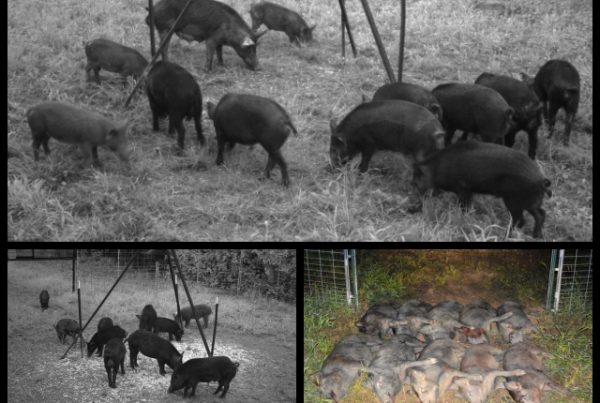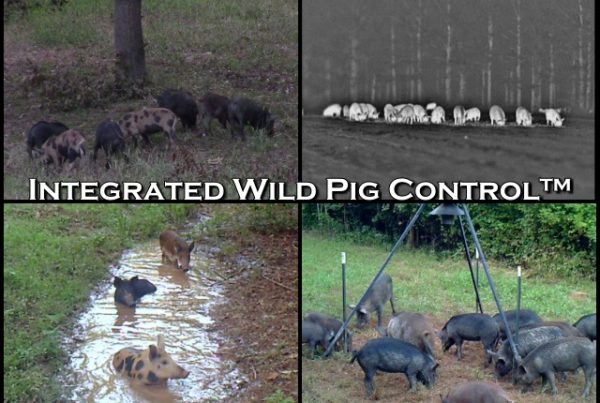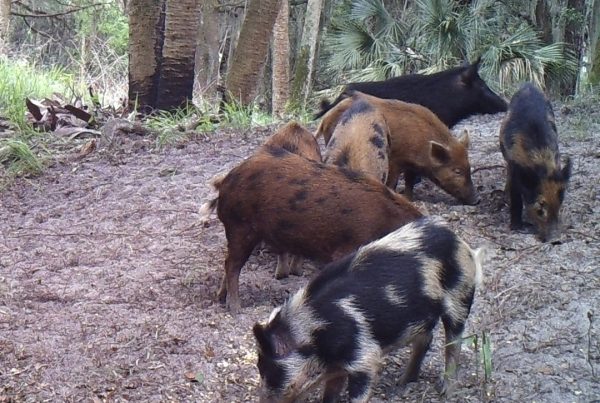The three most common gate trigger methods are trip wires, root sticks and electronic remote control devices. We demonstrate why traditional triggers fail to eliminate entire feral pig populations from a property.
Trip Wires & Root Sticks
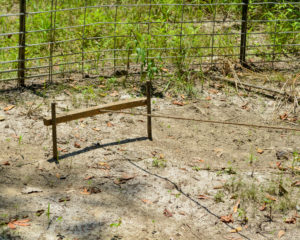
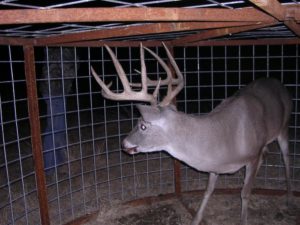
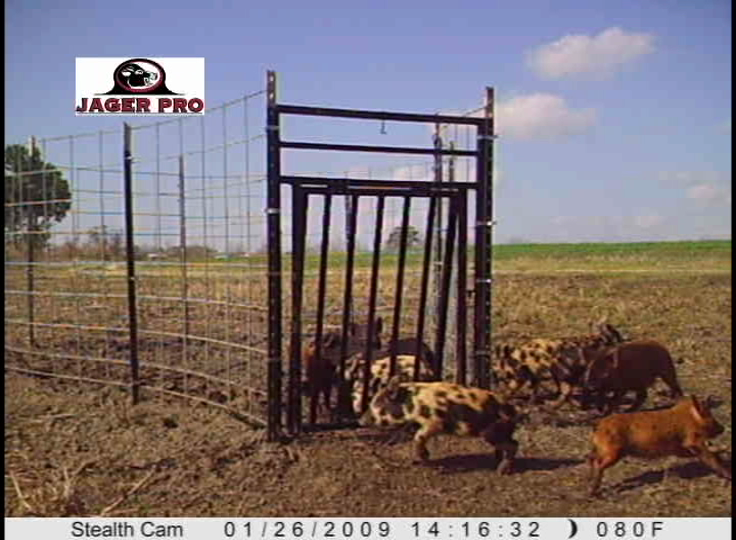
This photo demonstrates a trip wire capturing only six of 11 piglets resulting in 55% capture success. Almost half the piglets were educated to avoid future metal contraptions by this failed attempt.
Cellular Remote Control Trigger
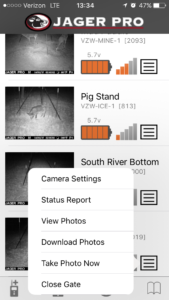
This method and technology saves fuel, time and labor allowing 24-hour surveillance without wasting daily travel time and expenses to multiple bait or trap sites. This approach demonstrates whole-sounder removal within six days of building the trap enclosure at most bait sites and allows land managers to immediately euthanize feral hogs to prevent soiling the trap overnight with urine and scat. Also, user generated photos are legal proof the traps are checked daily and fully operational.
Most Efficient Hog Trapping Products
The past three “Hog Trapping” blog articles (TRAP & GATE SELECTION, PANEL SELECTION and TRIGGER SELECTION) systematically explained the various products available and then quantified the most efficient selections based on data documented during the last decade of our research and field experience. We combined the most efficient trap size, trap shape, gate design, panel design and trigger methodology together to create our Manually Initiated Nuisance Elimination® (M.I.N.E.®) Trapping System.
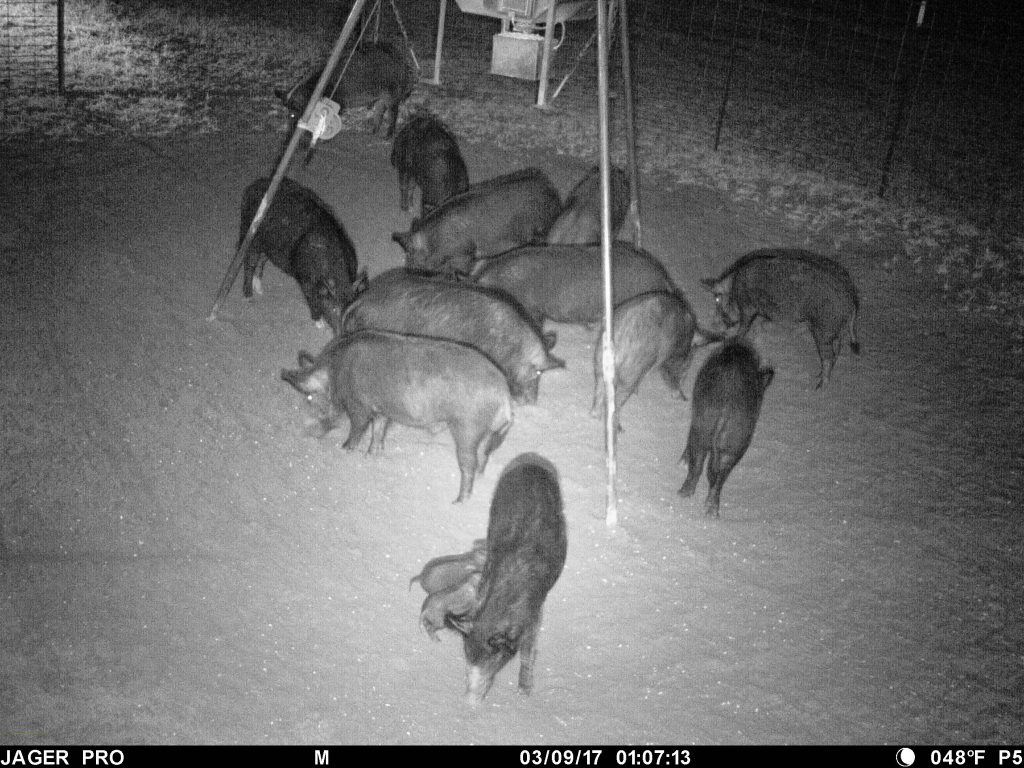
The JAGER PRO® M.I.N.E.® Camera allowed the user to verify all 12 adults were feeding inside the trap enclosure prior to triggering the gate closed. This methodology resulted in 100% capture success and did not educate any wild hogs to the trapping process as the entire sounder was captured at one time.
Future trapping blogs will focus on training people to properly implement our effective trapping process using the M.I.N.E.® Trapping System product to achieve the stated performance standard of “100% removal of the entire sounder spending the least amount of fuel, time and labor.”


